I am starting a new position at the University of Alberta in January 2018.
0 Comments
A network of researchers and conservationists recently launched a new database on grassland vegetation. The database archives plant community data from about 26,000 plots from Europe and Asia. It has a particularly valuable collection of data for different organism groups (vascular plants, bryophytes, lichens), sampled across nested plots, at different spatial scales. Last month, I participated in the first GrassPlot workshop in Bayreuth, Germany, and joined the governing board. I am also currently involved with its data preparation. All of that was made possible by the collective effort of many dedicated scientists, in particular those that participated in the EDGG field expeditions in the last years. Chapeau! You can find more details about the database here: https://www.bayceer.uni-bayreuth.de/ecoinformatics/en/forschung/gru/html.php?id_obj=139267
The database is currently being assembled to a more final shape. If you have relevant data for GrassPlot and would like to become a consortium member, please contact the custodians Jürgen Dengler (Bayreuth, Germany, [email protected]) or Idoia Biurrun (Bilbao, Spain, [email protected]).
Euro+Med is the most extensive and up to date database on vascular plant species in Europe. It produces distribution maps at the country level for almost all taxa. Assembling its base map in R is tricky but a good lesson in advanced handling of spatial data. Here is one way of doing it:
Lichens play an important role in ecosystems and are excellent indicators of environmental quality. they grow all around us, on rocks, asphalt, wood, bark, soil, and fence posts. Some even grow on conifer needles and mosses. What many people don't realize is that lichens can be extremely rare and can suffer from habitat degradation and pollution, just like vascular plants and animals. While this threat has been recognized at a national level (many countries have red lists for lichen species), it has not been acknowledged at a global level. Until recently, the IUCN Red List included only four lichen taxa. But things are changing. To close its lichen gap, the IUCN added four new taxa, this year. Let's peek at the newcomers:
In one of my previous posts, I showed how to use the Taxonstand package to automatically detect spelling mistakes in taxon names. This time, I demonstrate taxonomic cleaning in the Global Names Resolver via the taxize package. In addition, I explain why I prefer a semi-automatic over an automatic approach when cleaning taxon names.
In the last decades, many European countries have produced checklists of alien plant species. However, few of them include information on species invasiveness. In a recent exciting article in the Nordic Journal of Botany, Torbjörn Tyler, Thomas Karlsson, Per Milberg, Ullrika Sahlin and Sebastian Sundberg have compiled the first list of invasive alien plant taxa for Sweden (see Early View version).
It's hard to imagine but some decades ago, vegetation scientists relied entirely on paper and ink to archive their data. Hand-written notes were typed and kept in thick folders, neatly stacked on shelves. Nowadays, vegetation science is unthinkable without electronic database tools. One of the most widely used software programs to manage vegetation data is Turboveg. Although, in theory, once could use any database tool (say MS Access), Turboveg is custom-designed for vegetation scientists and allows entering, storing, selecting, and exporting vegetation data. It has been released in the 1990s and has gained wide popularity since then. I got the chance to interview Stephan Hennekens the developer of Turboveg about his software. Despite his busy schedule at Alterra and Wageningen University, Stephan was very kind to answer my questions about the beginnings of Turboveg and the much-anticipated Turboveg 3 version.
When I came to the Czech Republic for the first time in 2005, I made a remarkable experience that has puzzled me ever since. At the Department of Botany, Masaryk University in Brno, I discovered a beautiful botanical illustration, scribbled on one of the doors in the women's bathroom. It depicted Agrostis stolonifera and A. capillaris, two grass species that are too easily confused by beginners. Several short arrows pointed to the characteristic differences between these two species. A technical botanical illustration on a bathroom door? Czechs must be really serious about botany, I thought back then. And I've scratched my head ever since: Why did this nation of 10 million people produce so many passionate botanists? I have finally found an answer to this burning question - thanks to our little toddler. Czech botanists are so passionate because of ...
One thing I like about the BES/SFE conference is that it's so diverse, featuring sessions from computational ecology to conservation management and policy. For somebody like me who has broad interests, this feels like home. Despite the large number of attendants, each session is surprisingly small, hosting its own microcosm of an ecological community. There are many interesting talks but some talks stood out for me because of their broad relevance or simply because ... I found them cool. Like the talk on using diaries and photographs of Charles Elton to infer vegetation changes in a woodland.
Are you also sometimes lost in the statistical methods labyrinth? Recently, I wanted to find a simple way to construct probability density curves (think of histograms except fitted by a nice curve). I leant back in my chair with the thought that this should be an easy one. A 'one-hour-max-job'. Guess what happened several hours later?
|
AuthorI am a plant ecologist and post-doctoral fellow at Masaryk University. Archives
December 2017
Categories
All
|
| Viktoria Wagner |
|

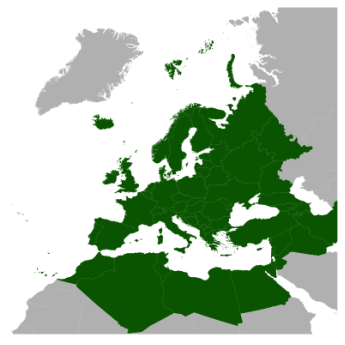
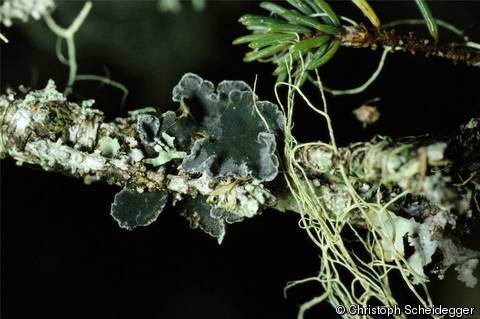

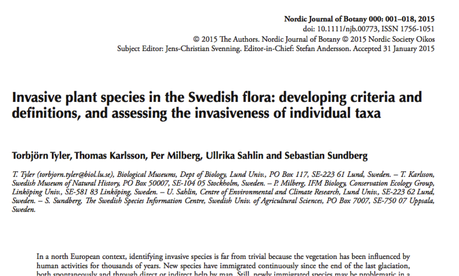

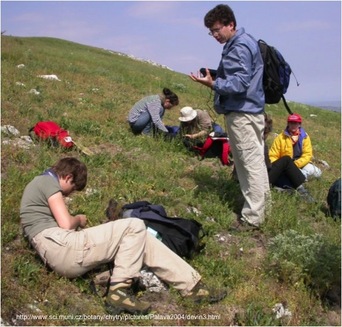
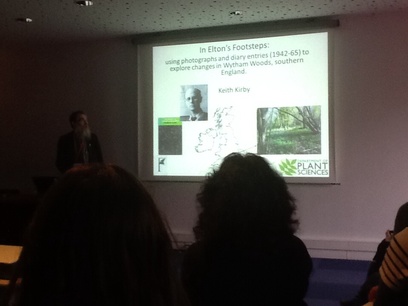
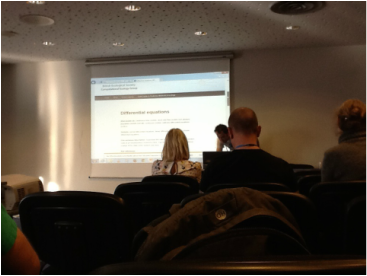
 RSS Feed
RSS Feed
